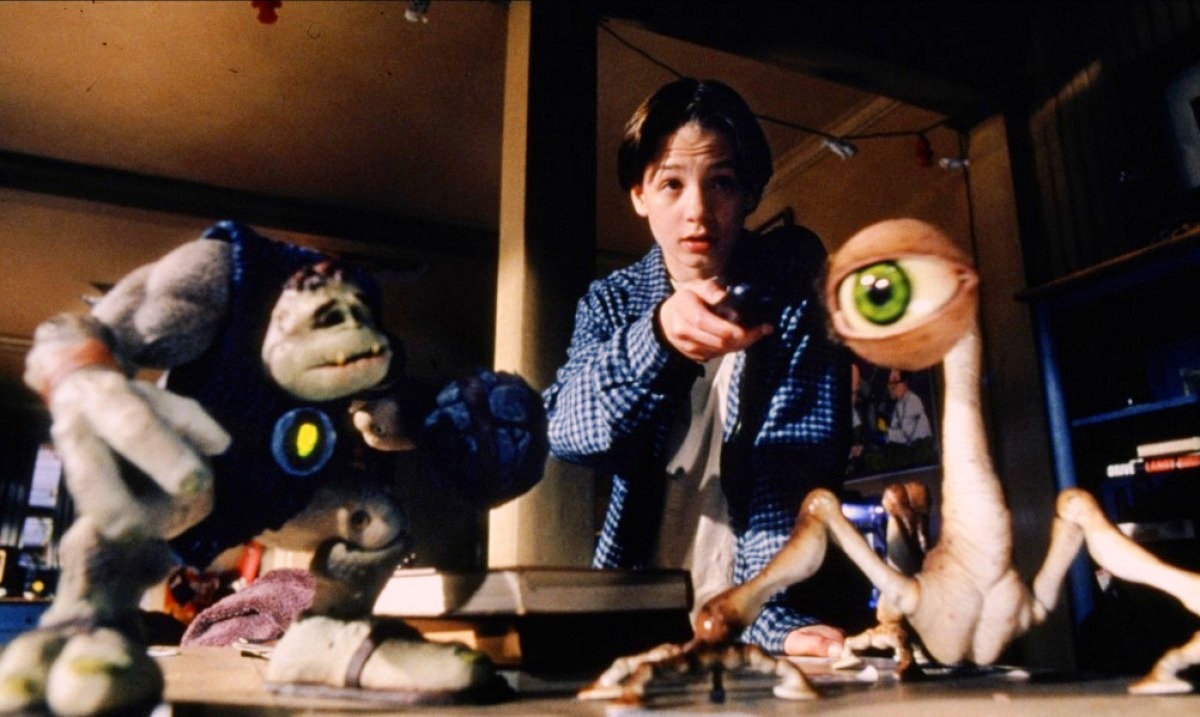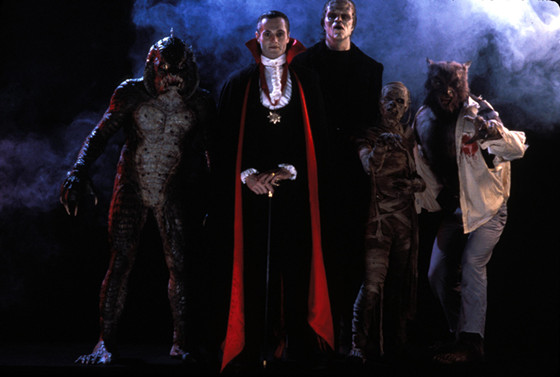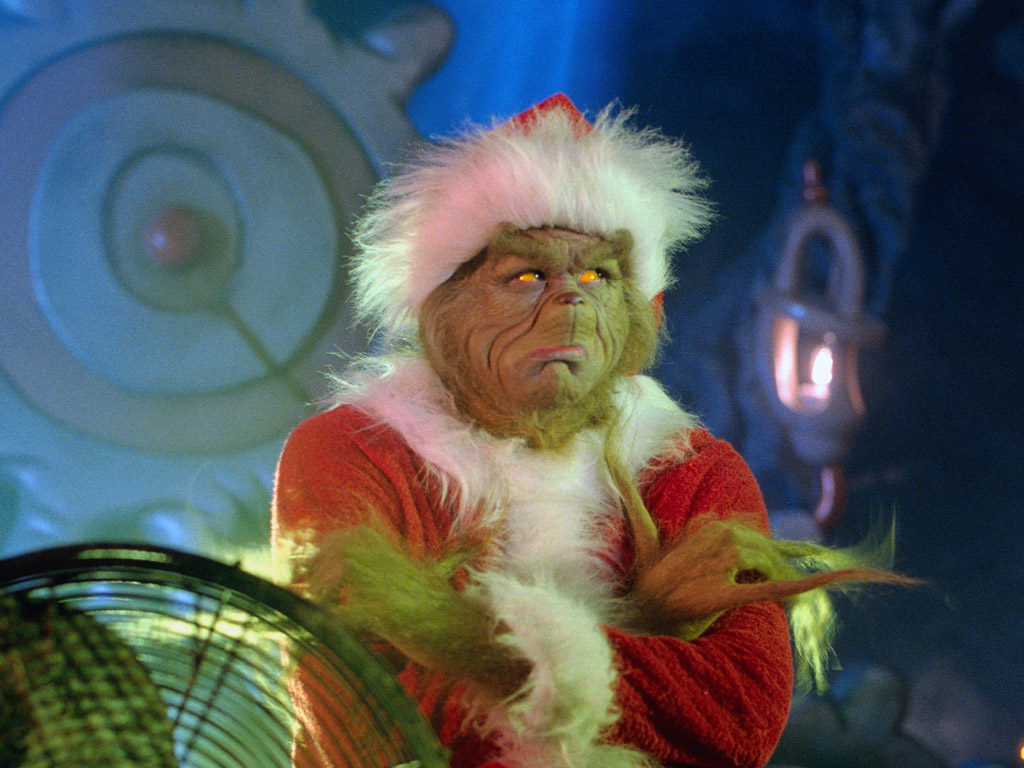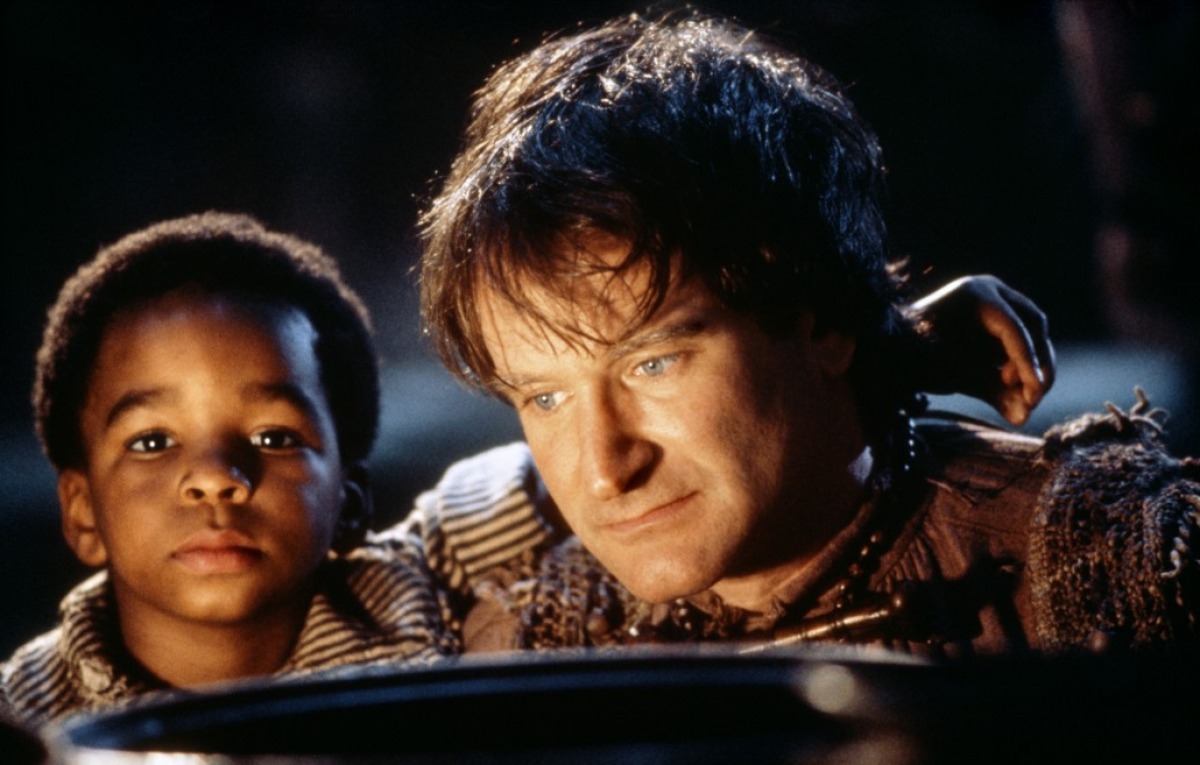5. Star Wars Episode 1 (1999)

What we expected: Coming over 15 years after the last film, Return of the Jedi, the Phantom Menace was the first in a series of prequels directed by series creator George Lucas.
The film itself was the first production Lucas directed since the original Star Wars, giving him complete control of the project. With that being said, the hype and expectations for the sci fi epic were immense upon release. With a new chapter for diehard fans, the story focuses on the early years of series mainstays Anakin Skywalker and Obi Won Kenobi.
What we were given: The film itself hides wooden characters behind a thinly veiled if not confusing plot. With a script focusing around a tax dynamic, the overall story prefers politics over storytelling.
Perhaps the biggest criticism of the film is the presentation of the characters: Stereotypes run amuck throughout its production with the blunt of the hatred going to the Jar Jar Binks and Anakin presentation. The film angered many fans particularly because the plot and characters weren’t memorable nor interesting and doesn’t speak toward an adult or child audience.
How it holds up: With Lucas being in full control, one can argue that this gave the movie what Star Wars is supposed to be. The cult phenomenon remains a mainstay in today’s culture due to its ambiguous nature, meaning anything could have happened with this film. Phantom Menace creates an open landscape of storytelling to lead to the payoff any fan knows, the hero becomes the villain.
With this, it remains thoroughly interesting to discover what the creator has in mind, especially since he has full control. The bar for the film is raised as well. The effects, backdrop, creative world and characters have advanced computer generated effects that were done to a decent respect.
The emphasis on light saber fighting also has a vast improvement; shifting its slow, stiff style to that of more of a fast paced battle. The reviews suffer from expectations, especially for a sci fi film that mostly relies on camp appeal. It’s important to look at the effort that was issued to create something new over emphasizing the past to enjoy this film.
4. Small Soldiers (1998)

What we expected: In one of the first efforts from DreamWorks Pictures, Small Soldiers was marketing gold. Easy to sell to kids, with an edge that teens would like.
The story follows a boy who discovers a lot of new toys issued by the government, which have the operation capacity to come to life. Directed by Joe Dante of Gremlins fame, the film was released in what was known as the “end of summer cinema” era, where computer animation replaced sharp storytelling.
What we were given: With an idea as absurd as the government issuing toys, the film was doomed to be a critic haven. It’s filled with several in jokes from the director that would only be understood if you saw his prior films. The story is often criticized as being a Disney rip off, particularly that of Toy Story, with several scene closely resembling the film.
The films audience (primarily kids) is confused as well, with dark themes of kidnapping, disfigurement and violence heavily influencing the films production. The end product appears most of all confused between a kid’s film with edge or an adult film with innocence.
How it holds up: From the start, it’s hard to take the film seriously, especially when it markets itself open merchandising. The animation on the toys themselves are very detailed and have an interesting twist with the monsters being the heroes and soldiers the villains.
In the regards of plagiarizing Toy Story, it’s better to look at as being paid homage to with irony replacing the theme of the former. The film works well as a satire and tribute to popular character tropes of the time. It isn’t intended to be taken seriously, so it shouldn’t.
3. Monster Squad (1987)

What we expected: Marketed as a horror comedy, Monster Squad tells the story of an ancient amulet being chased down by Count Dracula. Together with a group of classic monsters, he battles the forces of the Monster Squad, a group of horror fanatic, pre-pubescent boys. Trying to reinvent the idea of the “token character” popularized in the 80’s, Monster Squad gave a popular idea a horror twist.
What we were given: Monster Squad was unsuccessful critically and financially, but since became a cult classic. The “token” tropes found in popular films like Stand by me and the Goonies didn’t create much interest in the films storytelling with characters being forgettable and hard to relate to, even taking tropes as far as directly calling a character “fat kid.”
The film suffers from low budget effects and has excessive violence and language for a film intended for kids. The themes are confusing as well with focus on adult themes throughout, yet tells the story from a child’s perspective.
How it holds up: The film never directly declares itself as a kid movie, though it appears to be. With classic universal monsters antagonizing children, the story has the ambiguous ability to relate to any age through its storytelling, though not always appropriate for a younger audience.
The unique humor delivers with action and a satisfying payoff. The satirical value keeps the film thoroughly interesting if not just a little confused by its theme. If appreciated for what it is, a campy horror comedy, the film is easy to please.
2. The Grinch (2000)

What we expected: An adaptation of the popular children’s book and holiday cartoon, the Grinch is a beloved classic. The story follows the title character’s backstory and his poor treatment from the Whos. In revenge, the Grinch decides to steal Christmas away, but discovers what its true meaning is about.
What we were given: Despite fantastic makeup work and dedication to character development, the film is full of pop culture references, crude humor and a dark setting. The film is marketed towards kids. But the dark, grizzly setting and at times scary looking characters sets an atmosphere that comes across as more heinous than friendly. The central message of the story is also changed due to writing inconsistencies.
For example, the Whos in the book were told as loving people who only celebrate the joys of being together for Christmas. The film shows them as competitive, superficial and materialistic, going as far as them abusing the Grinch because he is different. The stories message gets lost in marketing itself to be the book while tainting the spirit it presents.
How it holds up: The movie seems to be a clear cash in on the story’s popularity, but it gives you a new approach to the Grinch’s personality. Through the abuse of the character, you can sympathize with what appears to be the antagonist. It can be argued that the films antagonist is neither the Whos nor the Grinch, but materialism.
The film is brought up on believing that competition is what drives happiness, but through compassion happiness is obtained. Though confused at points, the film dedicates itself on the idea of bigger purpose, perhaps why the tone starts as dark as it does. If looked from a superficial life is wrong perspective, the story can be heartwarming and sympathetic.
1. Hook (1991)

What we expected: An iconic fairy tale sequel interpreted by legendary director Steven Spielberg was guaranteed to cause buzz. Casting popular character actor Robin Williams as Peter Pan, the film tells the story of Peter Banning. A work obsessed, absent father who finds himself in Neverland in search of his kidnapped children, being forced to remember his alter ego in order to save them.
What we were given: Opinions are torn for the film with some praising its unique storytelling and values and others calling it overblown fan fiction that doesn’t bother explaining itself. The biggest struggle the film faces is forming a new plot point yet not explaining its information, intentions or facts.
With scenes such as Hook knowing exactly where the kids are and knowing exactly who they are while kidnapping them without knowing who Peter was when meeting him adds a misinformed plot hole that is never explained.
The story also has a lot of unexplained oddities such as Peter going to Neverland as an infant to never grow up only to stop aging in his teenage years, or deciding to start living on Earth because he sees a girl sleeping. The direction flows to its conclusion, but has no sense of why or how to make it logical.
How it holds up: A very popular Easter egg in the film is the scene in which George Lucas and Carrie Fischer (uncredited) are kissing in a scene’s background. Though very subtle, the scene may be hinting at symbolism for the idea that Spielberg wrote the film as more of a fan fiction than intended to be taken seriously, to appease a new way of telling the story.
With several subtle nods to the stories icons (the room full of clocks being bashed to mark new beginnings), the film is a giant in joke designed to make fans of the story think a little more about backstory without needing too many details.
The humor also works very well with great acting by established stars with dedication to their character; which shows the movie actually is serious about what it wants to tell you. It is easy to overlook the films negatives by focusing on how much more is put into the atmosphere, it may have a confusing output, but its narrative services the script along fine.
Author Bio: Jimmy Chapman is an musician, director, writer, actor and horror enthusiast from Illinois, who won’t grow up or get a real job.